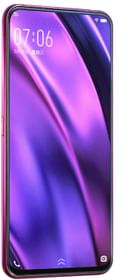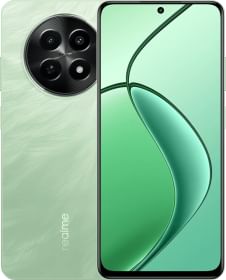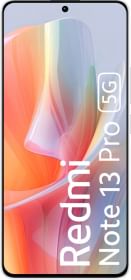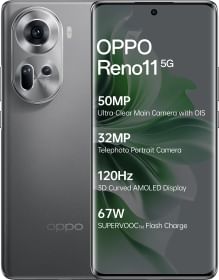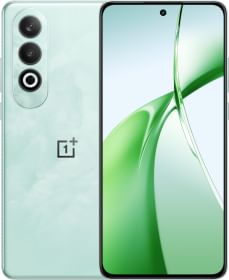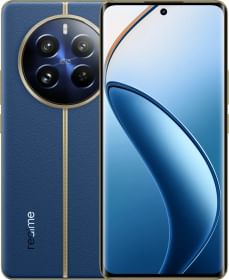Vivo is allegedly bringing a dual curved-edge display to the Nex 3, but it’s not yet giving up on the dual-display concept that we saw on the Nex 2 early this year – the one that didn’t make it to any other mainstream Vivo phone.
Anyways, as was first spotted by LetsGoDigital, Vivo has patented two new designs for dual display phones. These don’t differ much from the Original Vivo Nex Dual Display Edition, save for different rear camera positioning.

Both Model A and Model B are devoid of a front camera since the second screen helps you shoot selfies directly from the back camera. The Model A retails the O ring LED that’s partly screen and partly diffused LED ring and was used for lighting effects on Nex 2 dual display.

Are dual displays on phones really helpful?
We did experience the two-screen design on the Vivo Nex Dual Display edition earlier this year.
One obvious use the extra screen was put to was multitasking. We could run different apps on both screens and switch between them. This may be helpful when you need to switch back and forth between two apps, but at the same times, swiveling your phone over isn’t any more convenient than double-tapping the recent key and switching between those apps the traditional way.
Another nifty use was to program touch control on the second display while gaming. This is something that proved useful in shooting games.
Other than these, the dual screens were mostly put to frivolous use for tasks like pushing greetings and cue-cards from front to rear. In case you are interested, we have detailed these in our video below.
We also that handling two screens on either side and protecting both from smudges and scratches can be tedious at times.
As an ardent fan of ebook readers, we found the Yota Phone concept a lot more appealing since it employed different screen-types on front and back. The second screen was an e-ink display that was significantly lighter on eyes and a treat for reading. Too bad that one didn’t stick either.














